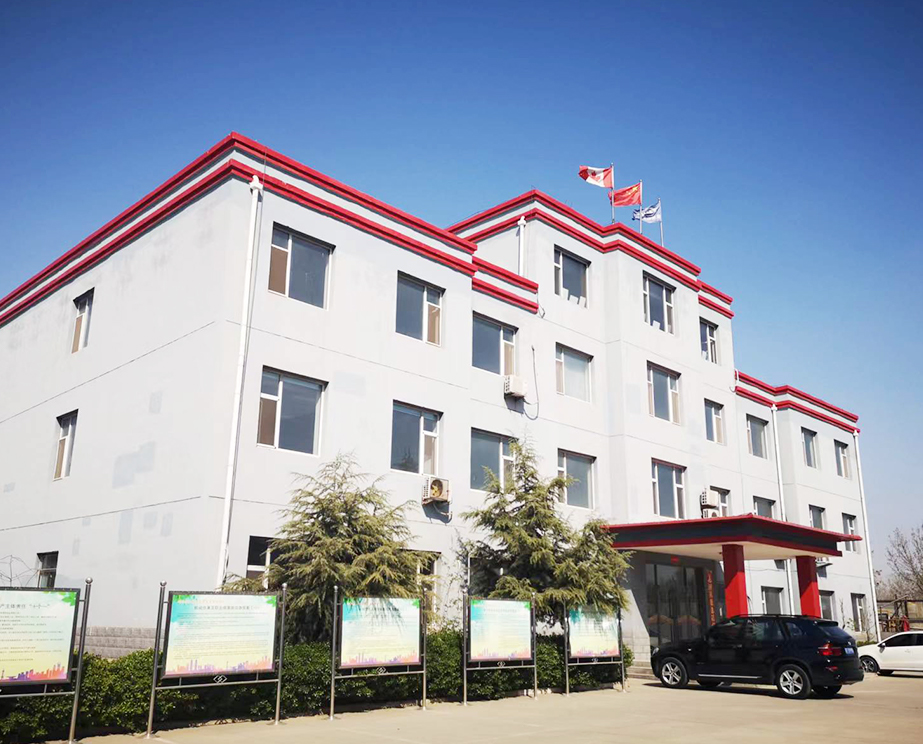- Afrikaans
- Albanian
- Amharic
- Arabic
- Armenian
- Azerbaijani
- Basque
- Belarusian
- Bengali
- Bosnian
- Bulgarian
- Catalan
- Cebuano
- Corsican
- Croatian
- Czech
- Danish
- Dutch
- English
- Esperanto
- Estonian
- Finnish
- French
- Frisian
- Galician
- Georgian
- German
- Greek
- Gujarati
- Haitian Creole
- hausa
- hawaiian
- Hebrew
- Hindi
- Miao
- Hungarian
- Icelandic
- igbo
- Indonesian
- irish
- Italian
- Japanese
- Javanese
- Kannada
- kazakh
- Khmer
- Rwandese
- Korean
- Kurdish
- Kyrgyz
- Lao
- Latin
- Latvian
- Lithuanian
- Luxembourgish
- Macedonian
- Malgashi
- Malay
- Malayalam
- Maltese
- Maori
- Marathi
- Mongolian
- Myanmar
- Nepali
- Norwegian
- Norwegian
- Occitan
- Pashto
- Persian
- Polish
- Portuguese
- Punjabi
- Romanian
- Russian
- Samoan
- Scottish Gaelic
- Serbian
- Sesotho
- Shona
- Sindhi
- Sinhala
- Slovak
- Slovenian
- Somali
- Spanish
- Sundanese
- Swahili
- Swedish
- Tagalog
- Tajik
- Tamil
- Tatar
- Telugu
- Thai
- Turkish
- Turkmen
- Ukrainian
- Urdu
- Uighur
- Uzbek
- Vietnamese
- Welsh
- Bantu
- Yiddish
- Yoruba
- Zulu
crossover drilling tool
The Evolution and Impact of Crossover Drilling Tools in Modern Drilling
In the ever-evolving world of drilling technology, crossover drilling tools have emerged as pivotal instruments that bridge different drilling systems and enhance operational efficiency. The term crossover in this context refers to tools and equipment designed to work across various drilling operations, accommodating different types of rigs, techniques, and geological conditions. This adaptability makes crossover drilling tools indispensable in the oil, gas, and mining industries, where the ability to switch between systems can significantly impact project timelines and costs.
Understanding Crossover Drilling Tools
Crossover drilling tools primarily function as connectors that allow drilling teams to use specific equipment designed for one type of drilling system within another framework. For instance, a crossover tool can enable the use of a high-performance drill bit originally intended for rotary drilling to function efficiently in a directional or horizontal drilling environment. This versatility stems from thoughtful engineering, which designs these tools to handle varying pressures, weights, and torque requirements, optimizing their performance across diverse applications.
Key Components and Technologies
Crossover tools often incorporate various advanced technologies that enhance their functionality. Essential components include
1. Drill Bits These are engineered to penetrate diverse materials, from soft sands to hard rocks, adapting to the type of drilling being performed. 2. Adapters These facilitate the connection between different rigs and systems, ensuring compatibility and reliability. 3. BOP (Blowout Preventer) Systems Some crossover tools integrate BOP systems, which are essential safety devices in oil and gas drilling, designed to control the release of fluids and gases from the well. 4. Control Systems Modern crossover tools may also feature sophisticated electronic controls that monitor performance parameters and adjust the operation in real-time, ensuring optimal efficiency while minimizing manual input.
Benefits of Crossover Drilling Tools
The benefits of using crossover drilling tools in various applications are manifold
crossover drilling tool

1. Increased Flexibility These tools allow companies to adapt their equipment to different geological settings without needing extensive modifications or entirely different rigs. This flexibility can lead to faster project commencement and completion.
2. Cost Efficiency By enabling the use of existing tools in varied applications, companies can save on the costs associated with purchasing specialized equipment for each drilling method. This is particularly beneficial in fluctuating market conditions where cost savings can determine a project's viability.
3. Improved Performance Crossover tools can enhance drilling performance by providing better contact with the drilling surface and reducing the risk of equipment failure. This leads to improved reliability and efficiency, crucial factors in the highly competitive drilling industry.
4. Safety Enhancements The integration of advanced safety features has made crossover tools safer to use in challenging environments. By ensuring that all components work seamlessly together, these tools reduce the potential for accidents during drilling operations.
Challenges and Considerations
Despite the myriad advantages, implementing crossover drilling tools also poses certain challenges. The need for highly specialized knowledge and technical expertise to operate these complex tools can lead to a reliance on skilled personnel. Additionally, the initial cost of purchasing high-quality crossover tools can be significant, although the long-term savings often outweigh this concern.
Moreover, operators must be vigilant about compatibility issues and maintenance requirements. Regular inspection and maintenance routines are vital to ensure the longevity and reliability of crossover tools, as failing to address wear and tear can lead to operational disruptions and costly downtime.
Conclusion
In conclusion, crossover drilling tools represent a significant advancement in drilling technology, offering unparalleled flexibility, cost savings, and efficiency for various drilling applications. As the industry continues to evolve, the demand for adaptable and versatile tools will only increase, further driving innovation in this space. By embracing these tools, companies not only streamline their operations but also position themselves to tackle the challenges of an ever-changing market landscape. As we look to the future, the role of crossover drilling tools will undoubtedly expand, making them a cornerstone of successful drilling operations across the globe.
-
Tubing Pup Joints: Essential Components for Oil and Gas OperationsNewsJul.10,2025
-
Pup Joints: Essential Components for Reliable Drilling OperationsNewsJul.10,2025
-
Pipe Couplings: Connecting Your World EfficientlyNewsJul.10,2025
-
Mastering Oilfield Operations with Quality Tubing and CasingNewsJul.10,2025
-
High-Quality Casing Couplings for Every NeedNewsJul.10,2025
-
Boost Your Drilling Efficiency with Premium Crossover Tools & Seating NipplesNewsJul.10,2025







